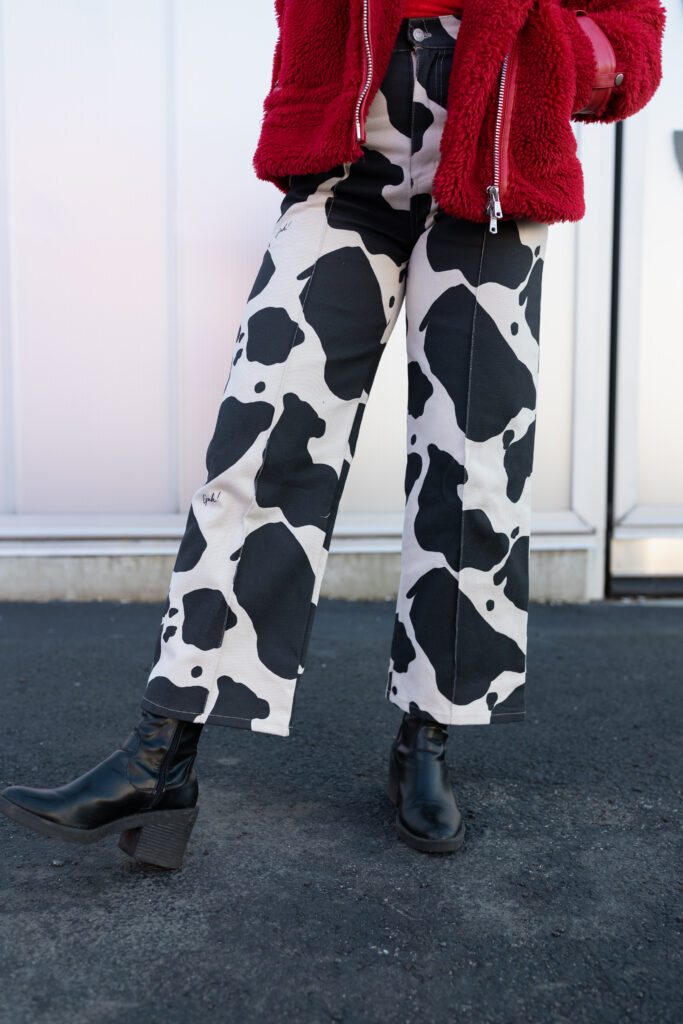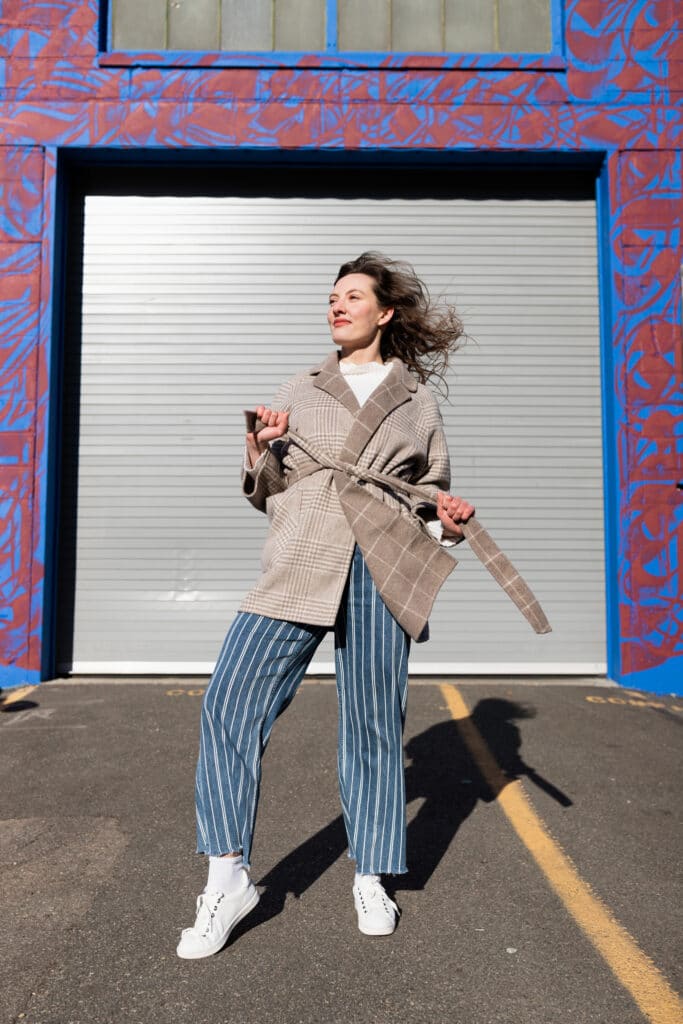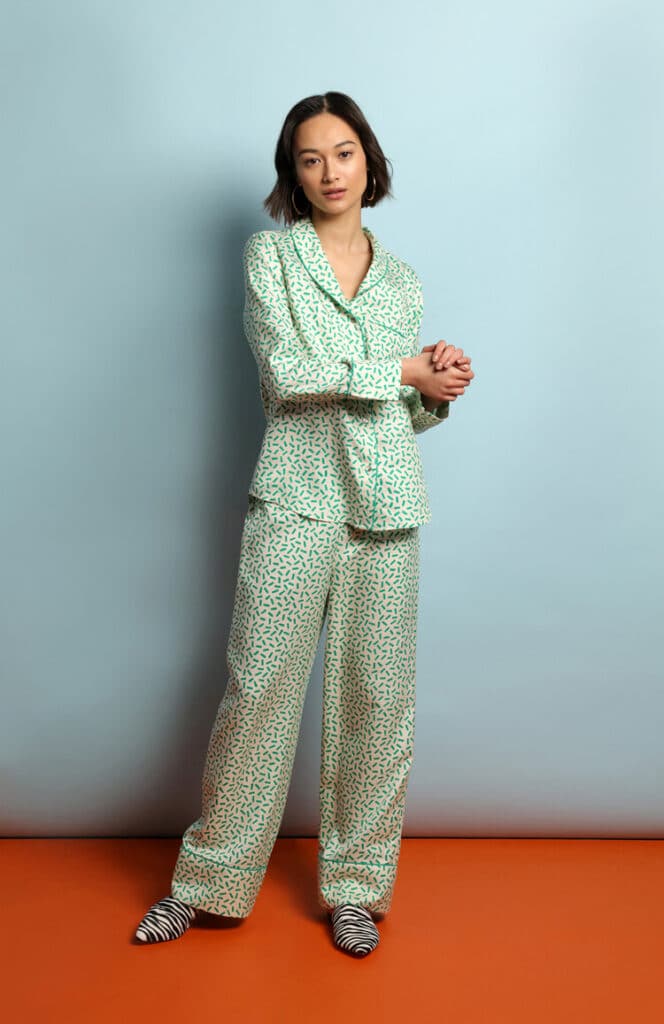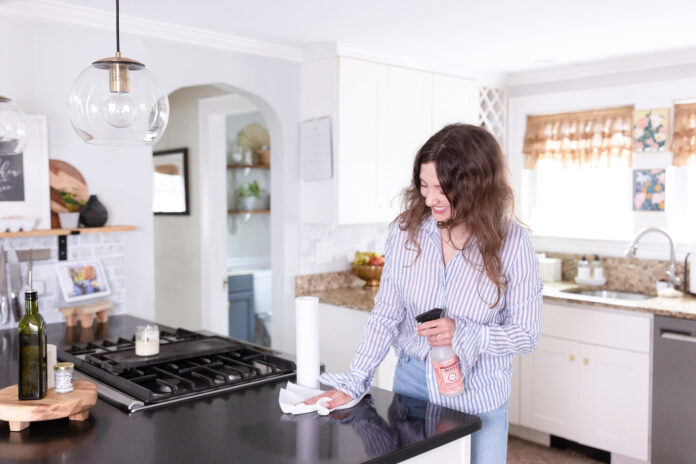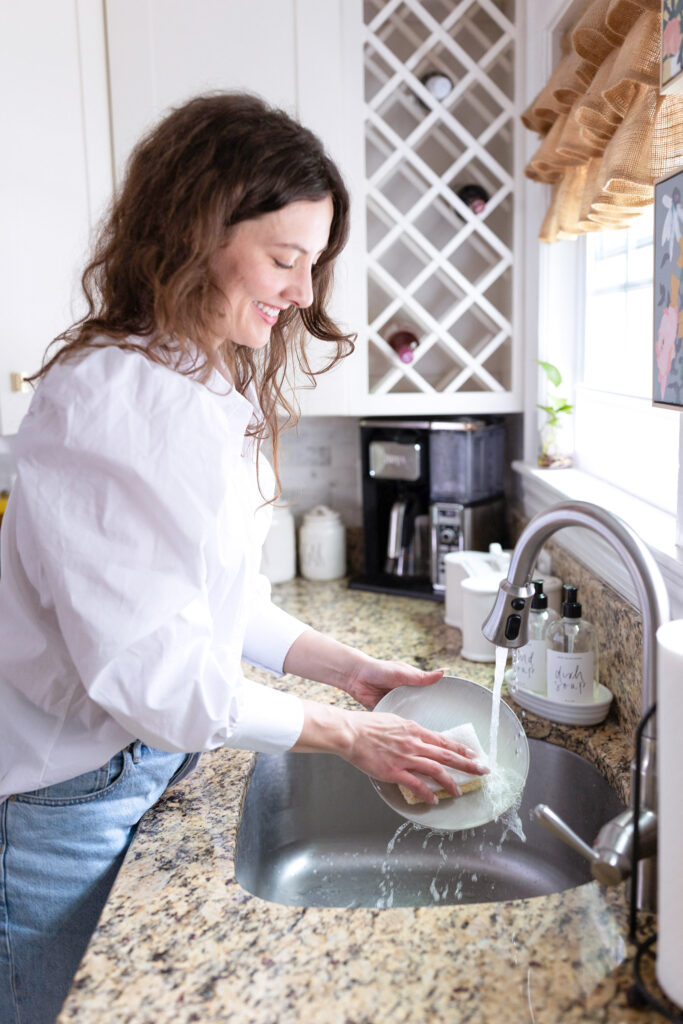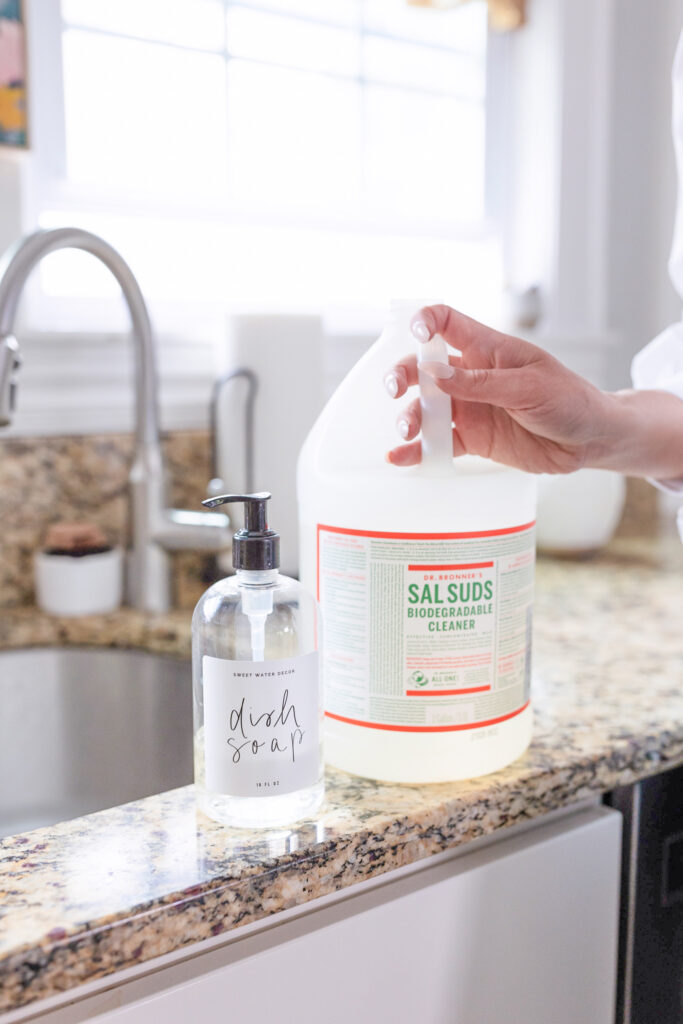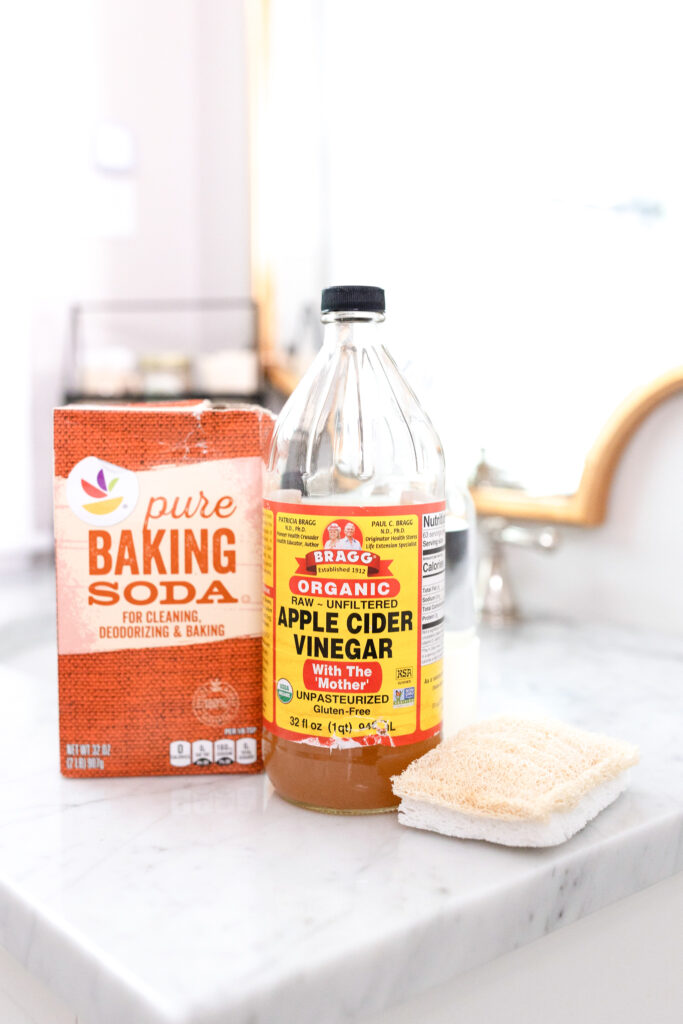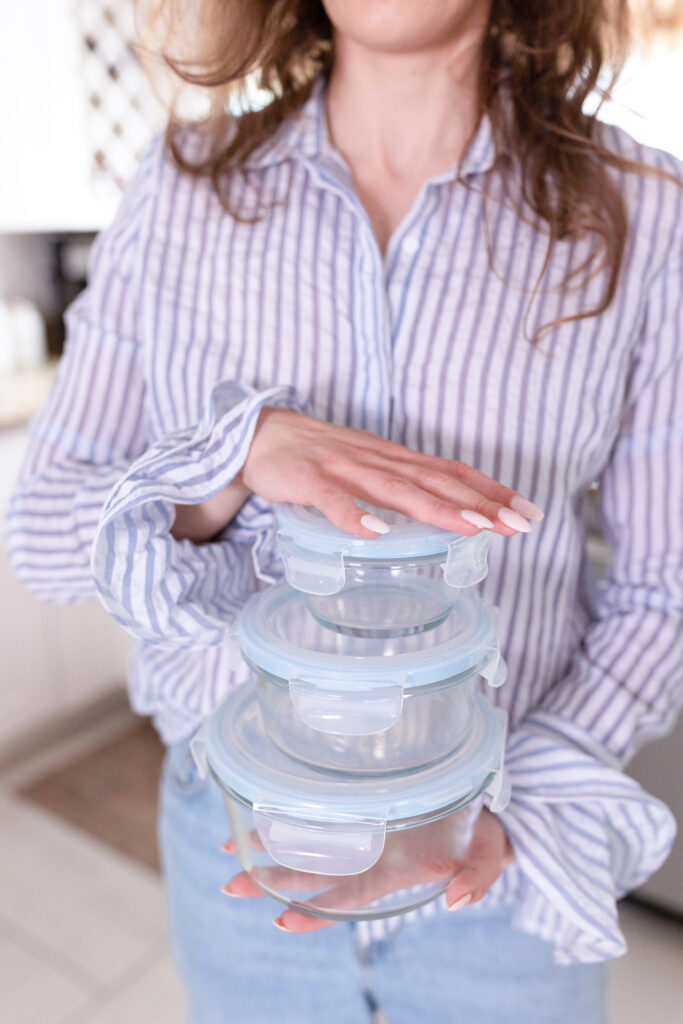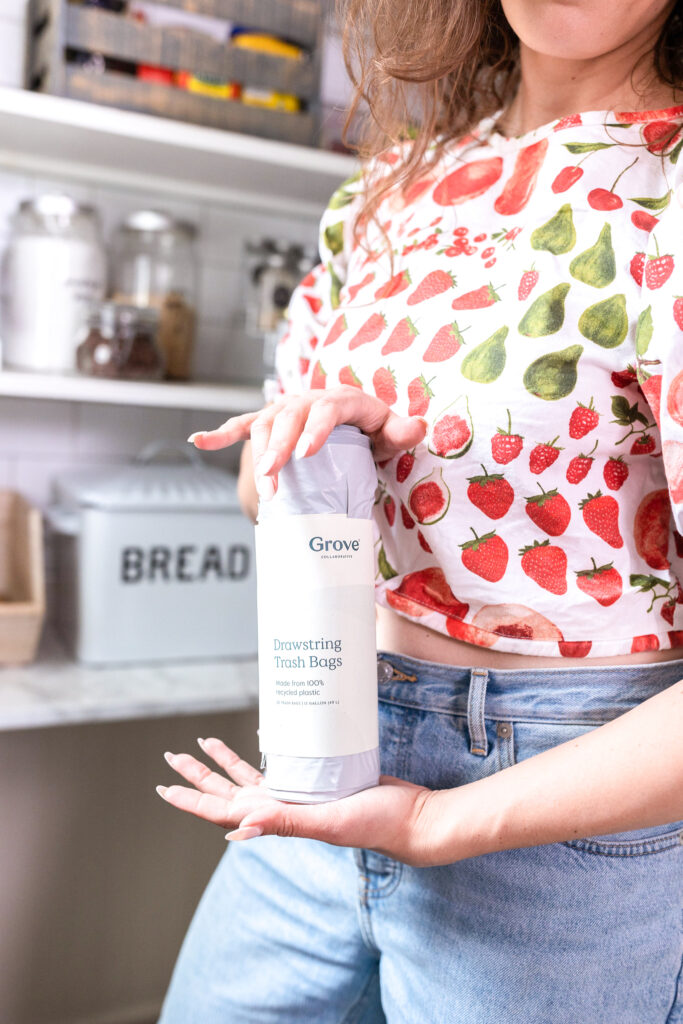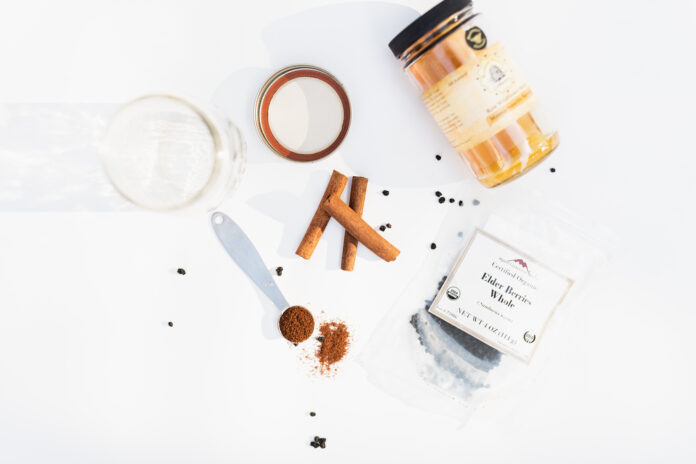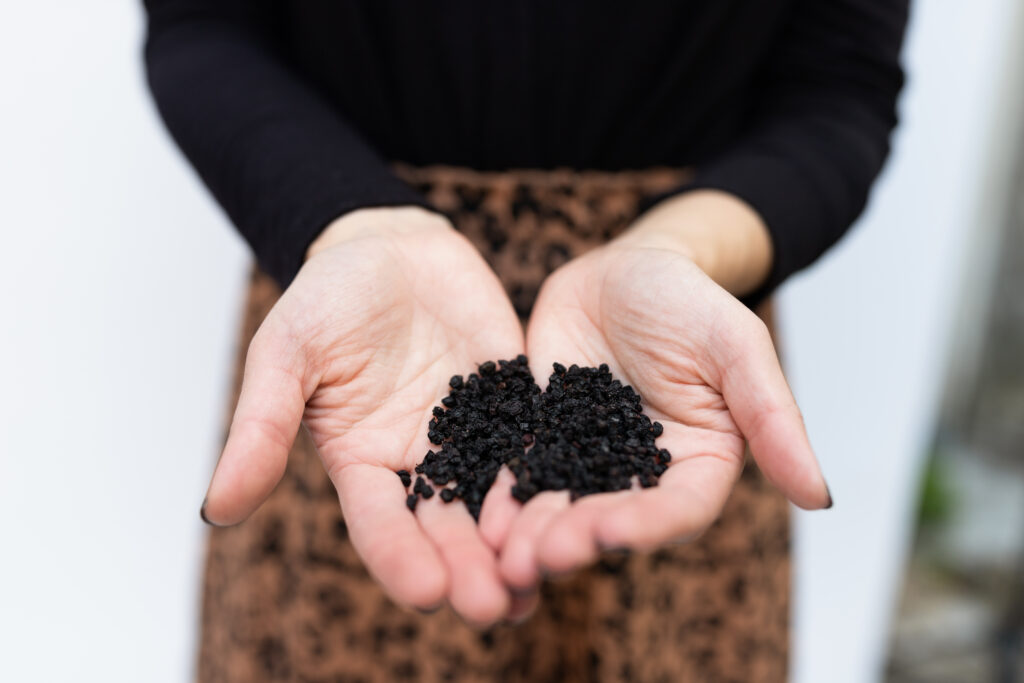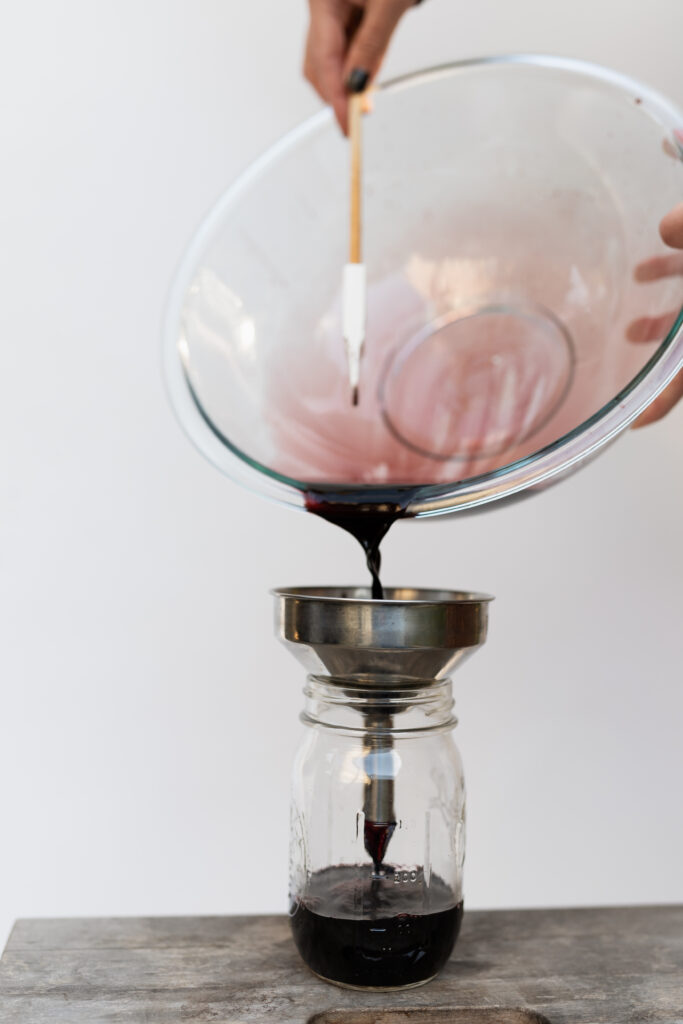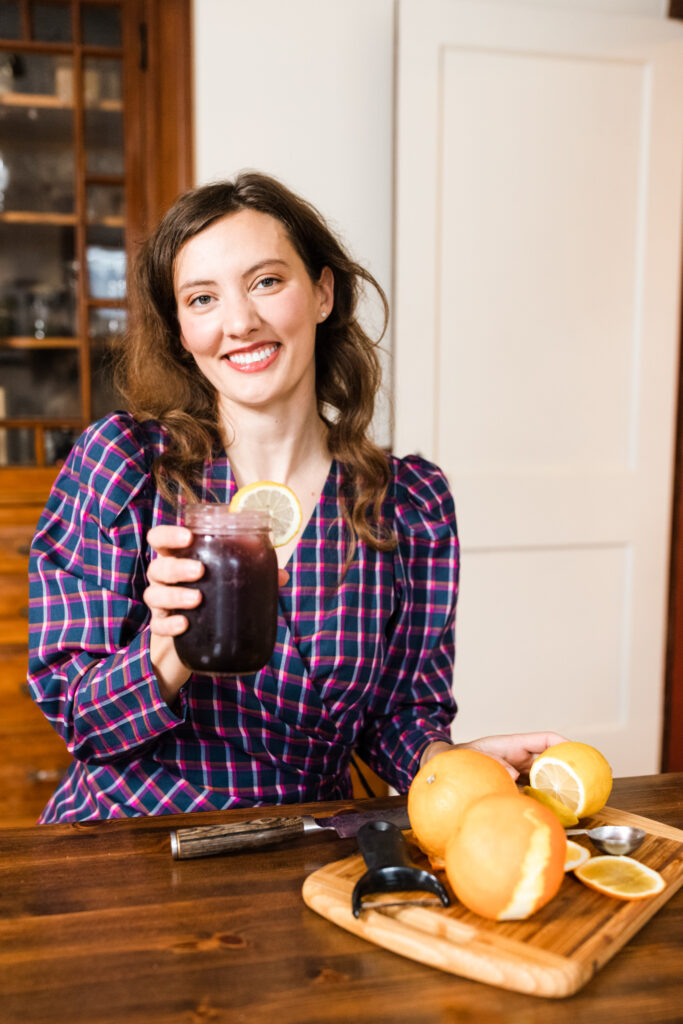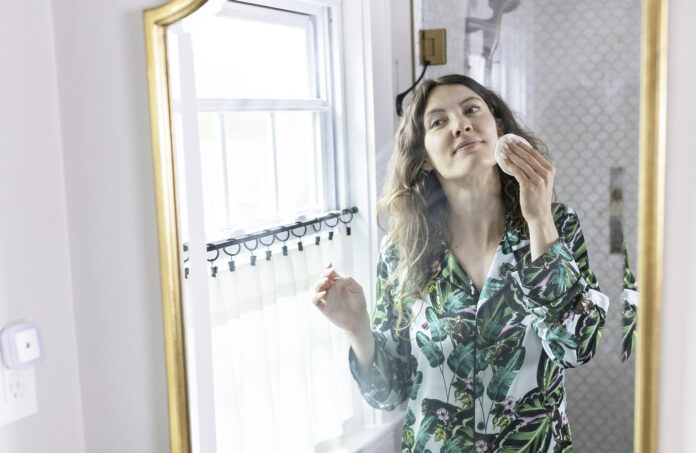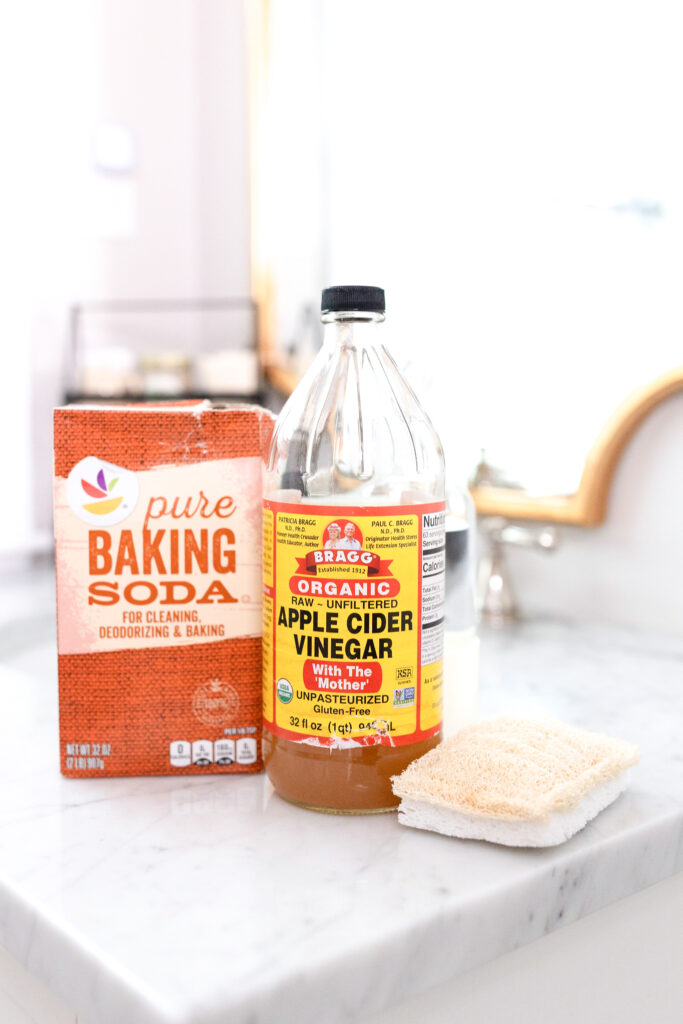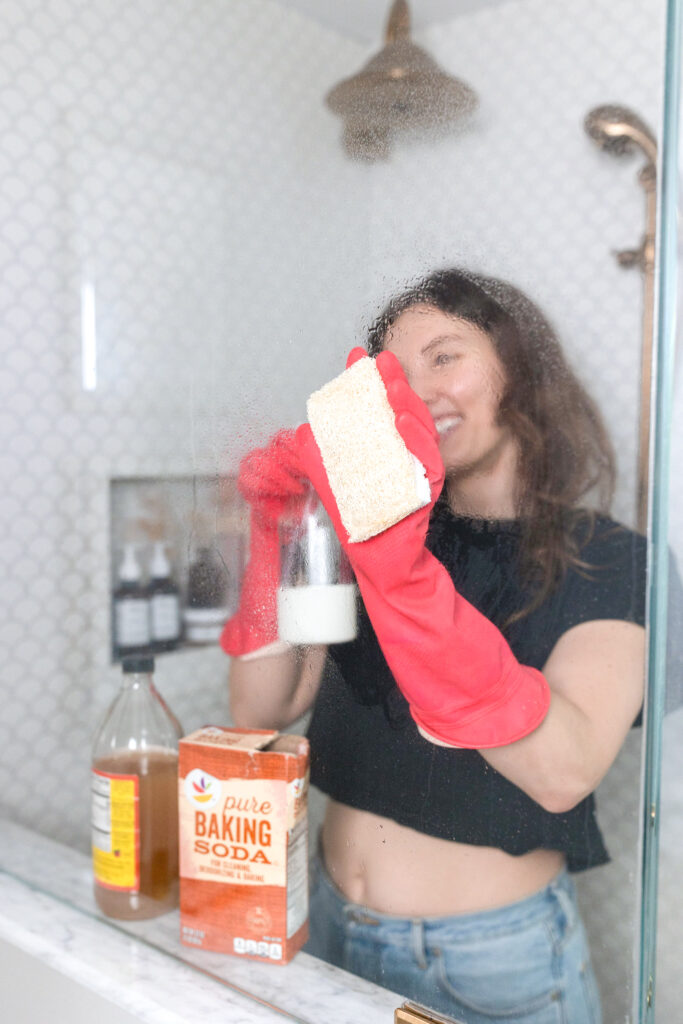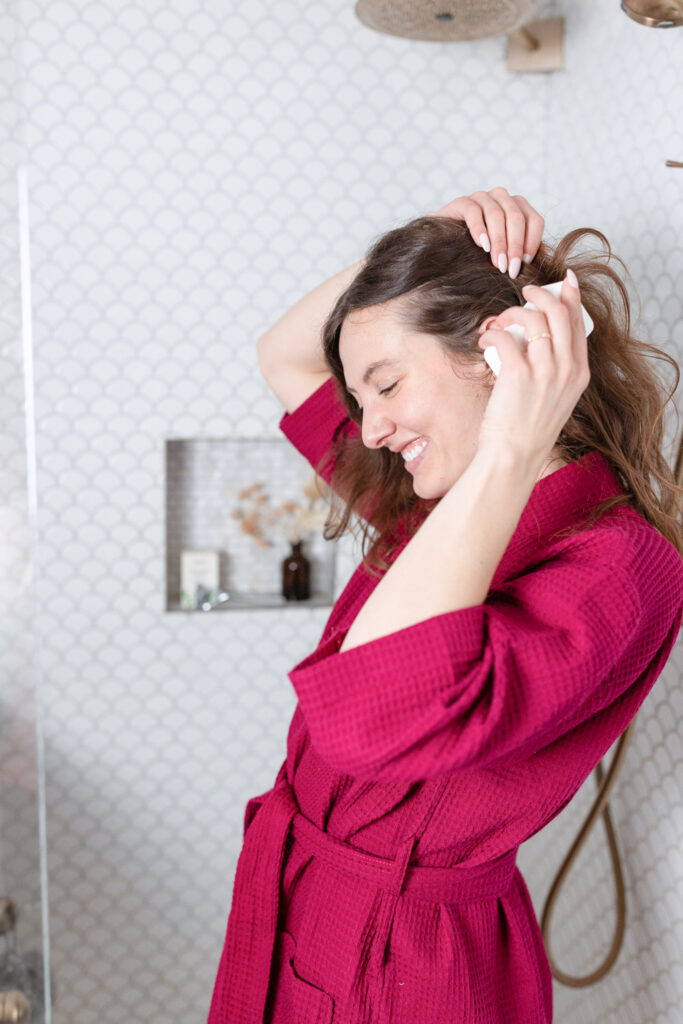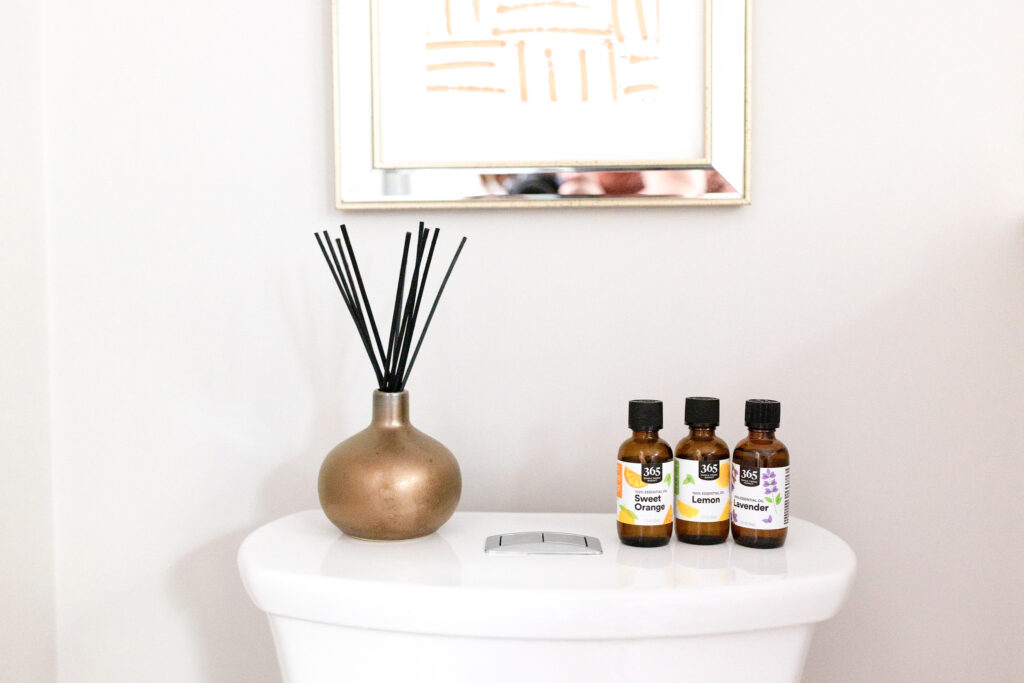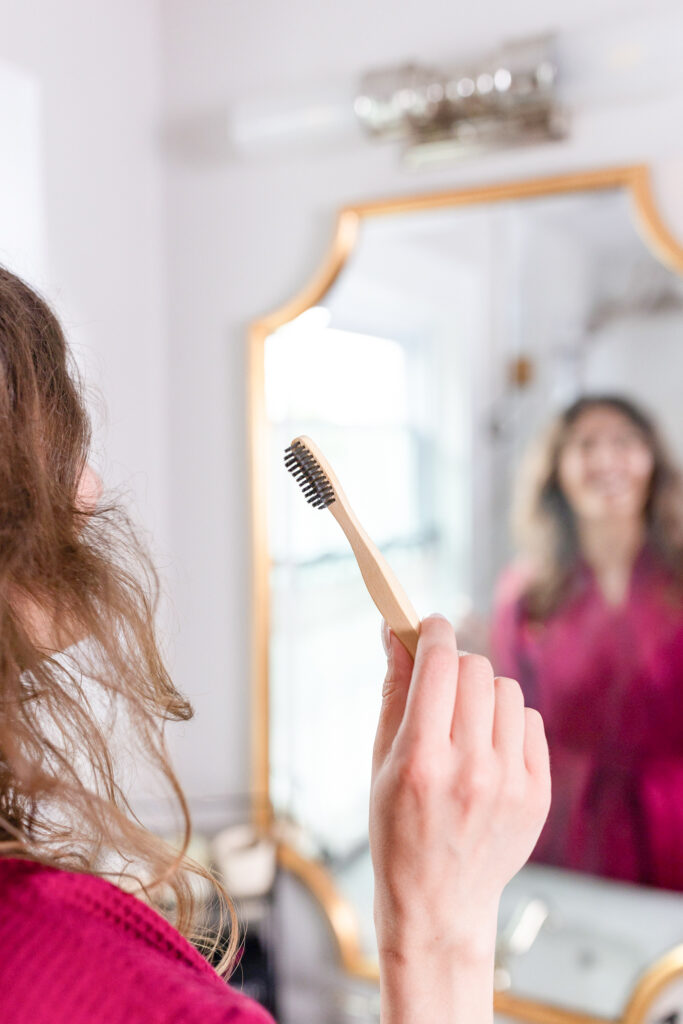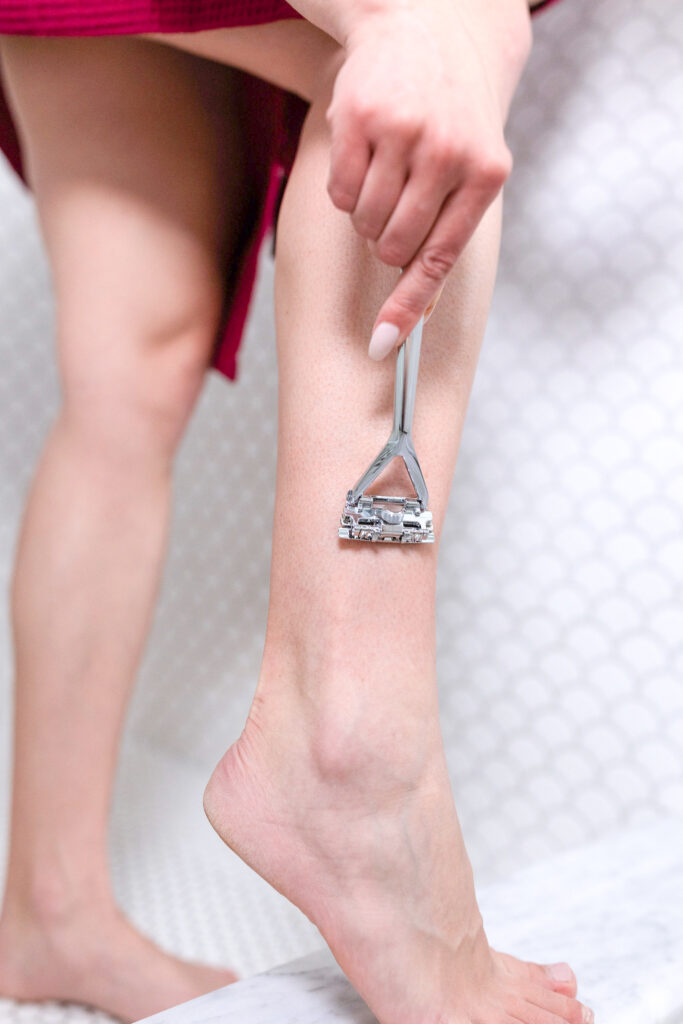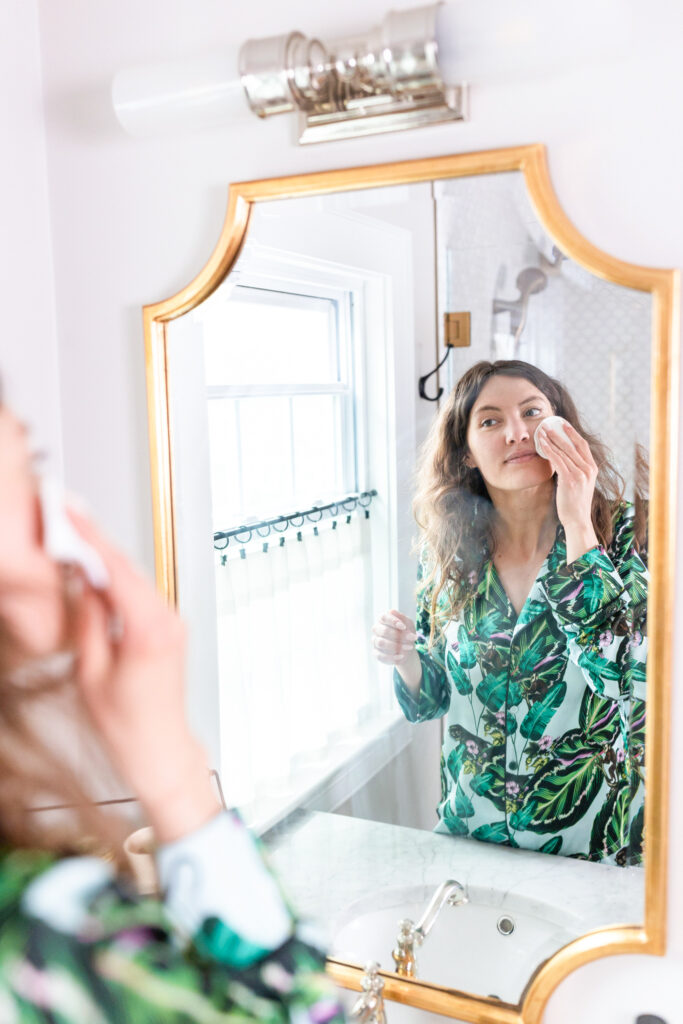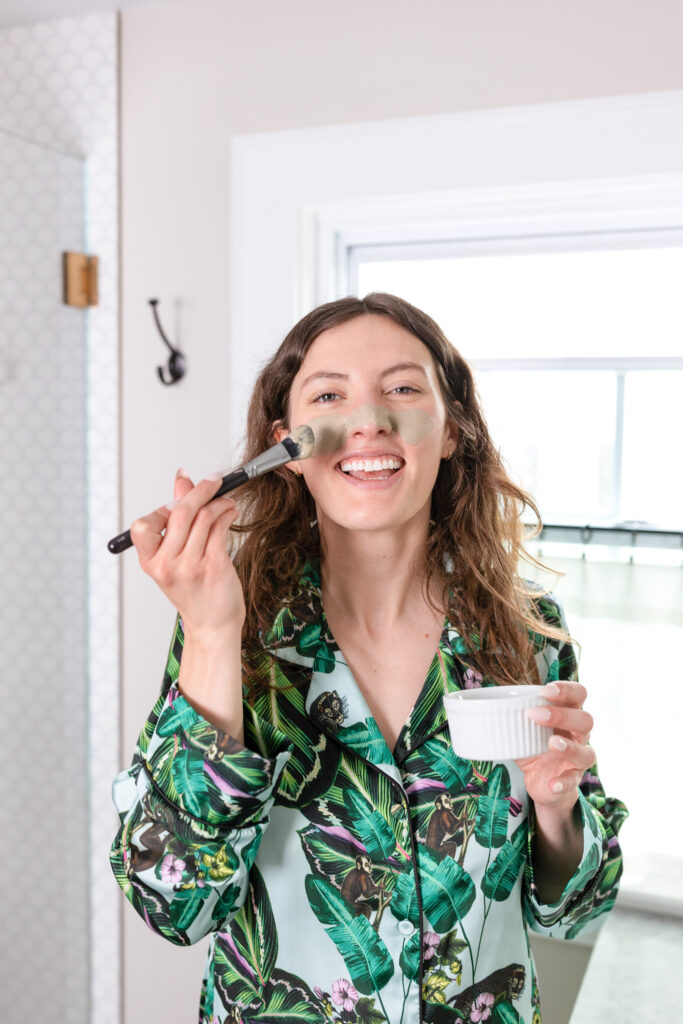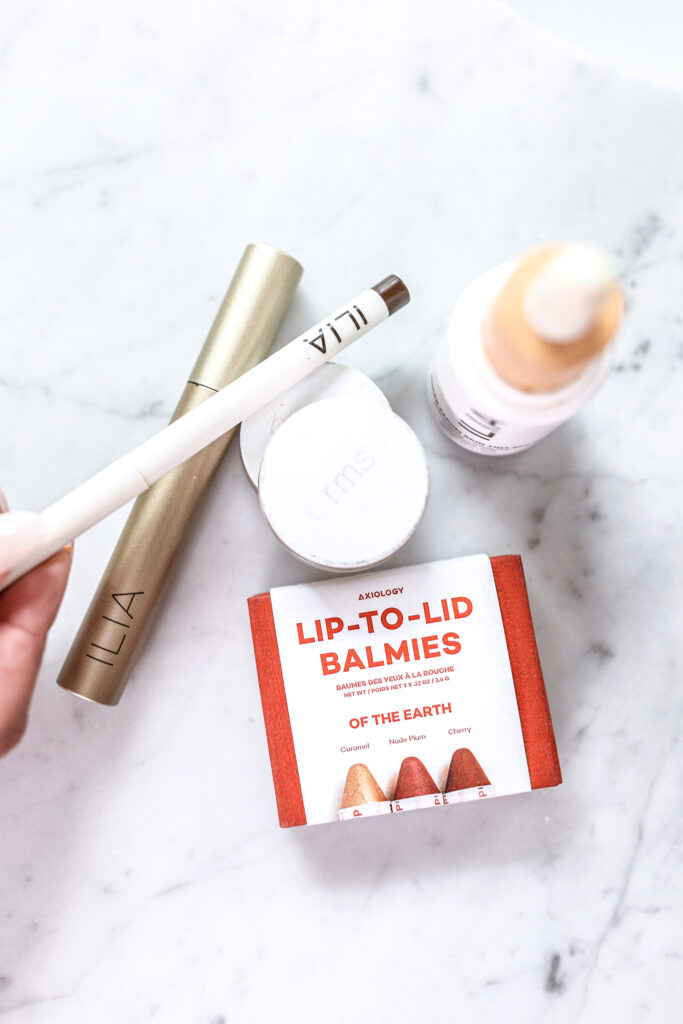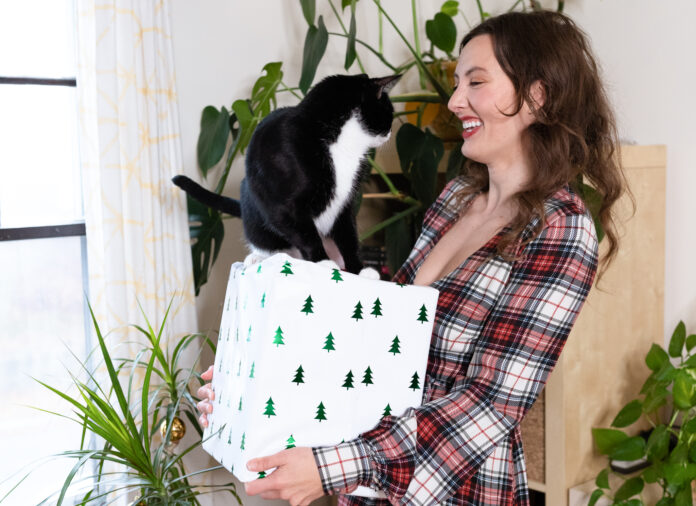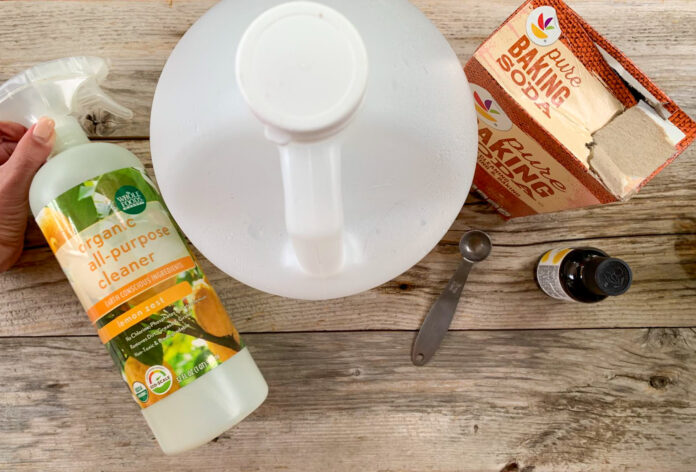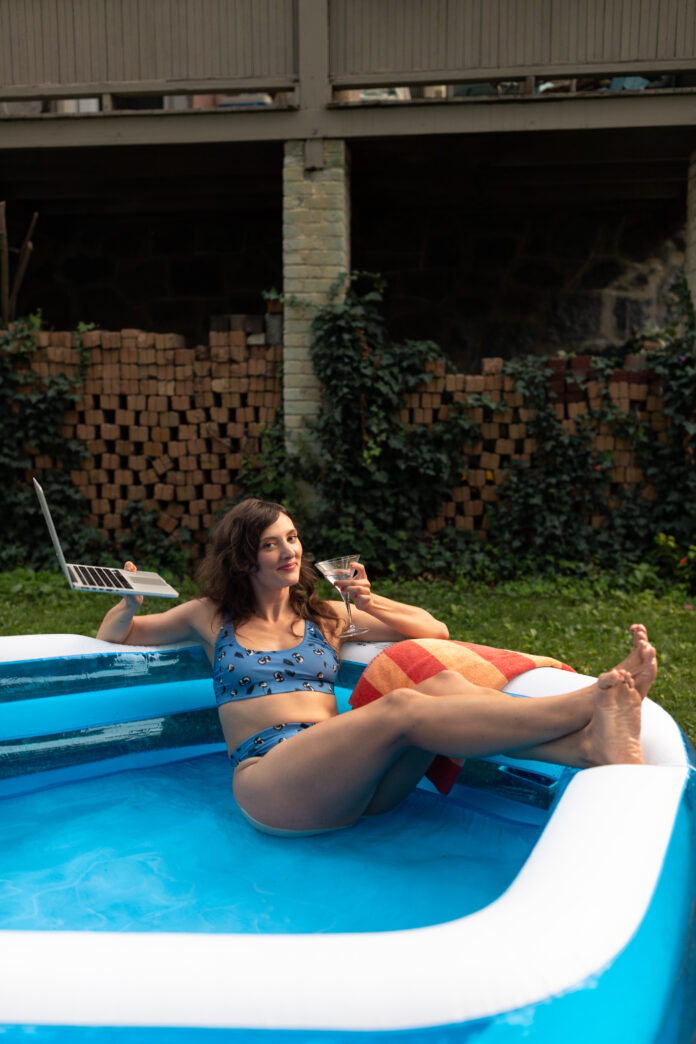This morning I woke up, tried to sit up straight, and felt a sharp tug at my neck. Great, I thought, this is what it feels like to be almost 30.
Then I paid more attention to my posture and habits throughout my work day. I sit at my computer, earnestly at first. As the hours wane and exhaustion sets in, I start learning on my left arm. I get distracted a while before lunch and hunch over my cell phone for a quick five minutes that suddenly turns to 15. Lunchtime hunched over my phone, then back to more sitting. By afternoon I have a splitting headache that I try to subdue with more caffeine. By 5 p.m. I’m basically lying on the couch, nursing multiple injuries from a day of sitting. How can that be?
As many of us receive the news that we’ll be working from home for the long haul, it’s time to start thinking about optimizing our work-from-home setups to be supportive of health—and therefore productivity. You can’t work well with a splitting headache and a crick in your neck.
While the suggestions here are applicable to any work space, I think quarantine represents a unique opportunity to make healthy upgrades. First, you obviously can exert more control over your setting while in your own home. (Believe me, I have taken the initiative to turn the lights down at my office a few too many times before getting a talking to by my cube-mates.)
Second, more than ever our work lives are bleeding into our home lives, making it difficult to step away from the screen. (Plus, when we do step away from work, we relax by looking down at another, tiny screen. Hello, neck pain.)
If we are going to being spending more time working, we might as well have the space work for us. Read on for some health-supporting upgrades you can make to your work space this week.
Don’t Just Sit There
As many people are at least vaguely aware now, sitting for eight (or more) hours can be harmful. One study found that sitting for the number of hours in the typical office workday was associated with increased artery calcification, a marker of heart disease. In fact, each hour spent sitting was associated with a 14 percent increase in calcification.
Aside from the metabolic harm that comes from sitting all day, there are biomechanical issues as well. As we sit, we are training our body to adapt (adaptation not always being a good thing) to that position. Our spines learn to slouch over out of disuse. Key muscles in our core are weakened and joints stiffen. Fat cells in our butts stretch and multiply as we sit on them.
The contemporary remedy to all this sitting has been offered up in the recent standing desk movement. Certainly, if sitting is bad, then the opposite of sitting (i.e. standing) must be good—right?
As author Katy Bowman explains in her book, Don’t Just Sit There (affiliate), the solution is not just as simple as standing more. She argues that the real problem of the modern human workplace is the expectation to stay in one position for hours at a time.


Don’t Just Sit There by Katy Bowman (affiliate)
Standing for eight hours instead of sitting isn’t any better for your joints. In fact, if you’ve ever tried to use a standing desk, you’ve probably experienced the unique exhaustion and foot pain that comes with even a few hours on your feet.
Sitting isn’t really the problem either—it’s the duration of time we’re expected to sit upright.
The real solution, as Bowman puts it, is to change positions throughout the day—frequently and creatively. Start standing. Sit for a while. Sit cross legged in your chair. Sit on the ground with your laptop on the coffee table. Lay on your belly with your laptop on the floor. Stretch your calves on a half foam roller (affiliate) while writing your quarterly report. Take a three-minute walking break every hour.
As such, I have recently made it my mission to have several different workstations throughout my home that offer different positioning.
A standing desk is an important part of any flexible workspace. I like the models that act as an adjustable desk topper (affiliate). That way, you can heighten or lower your computer as you move from standing to sitting throughout the day.


Standing Adjustable Desk Topper
I also make a point to move from my office to the living room occasionally, where I set up my laptop on a low table and sit on the floor. Sitting on the floor offers a unique opportunity to stretch your hips and knee joints in ways you just can’t get to in a traditional chair. Try slowing moving your bent knees in a windshield wiper motion as you sit on the floor. Sit in a crossed legging position, occasionally switching which leg is on top. Spread your legs out wide, like a V, as you pitch your torso forward slightly and type away.
See how creative you can get with your workspace to allow for more movement throughout the day! Your body will thank you.
Playing Footsie
Did you know? We have 26 bones, 33 joints, and over 100 muscles, tendons and joint in our feet.
Unfortunately, the modern workplace does not offer up many opportunities to strengthen those tissues. Like any muscle, the muscles in our feet can atrophy and collapse over time.
As hunter-gatherers, humans have evolved to walk long distances over varied terrains. Galloping across lush forests, sandy deserts and cobblestoned rivers were essentially cross-training for our feet. Our feet were forced to move in a variety of ways, making them stronger.
Today, we walk from our flat hardwood floors, to the flat asphalt driveway, to the car, to drive to our flat carpeted offices and flat marble shopping centers. It is difficult to encounter a surface that isn’t flat, and our feet suffer from this lack of variety.
Luckily, there are a few mitigating measures we can take during the course of the workday to strengthen those feet.
First, invest in a cobblestone mat (affiliate). These provide from some vitamin T (for “texture”) for your feet. Stand on the mat and pace a little back and forth while you’re taking phone calls.


Cobblestone Mat
Another downside to all these flat surfaces is that they tend to be quite hard, certainly harder than the forest floor of the paleolithic times to which we are adapted. Standing on hard surfaces for eight or more hours a day can load weight in our joints and do harm over time.
An anti-fatigue mat like this one (affiliate) can provide some cushion for your joints while you’re standing at your workstation. Bonus points if it has texture and ridges for foot stretches. I like the one below for calf stretches throughout the day.


Anti-Fatigue Mat
Finally, it is worth mentioning, all the mats and walking in the world are virtually useless against the bane that is heeled footwear.
Suffice it to say, it is impossible to have good posture with even the slightest heel (yes, this includes even men’s dress shoes.) Your legs and spine have to do all sorts of contortion to offset the slight angle heel push you toward.
Again, unnatural loads on the body create maladaptations that can hurt us over time.
If you’re working from home, take this opportunity to let those puppies free. If not, consider finding a “zero-drop” (i.e., no heel) shoe that is appropriate for the workplace. There are plenty of companies offering professional shoes in this category, so don’t think you need to go full five-finger toe sock. I like these ballet flats, these sneakers and these boots (affiliates).


Office Appropriate Zero-Drop Shoes
Mood Lighting
While we’re talking about evolution, I’d be remiss if I didn’t mention the circadian rhythm. This ancient process tells us when it’s time to sleep. Our eyes pick up wavelengths of light that send signals to our brain to start producing the sleep-inducing hormone melatonin.
Blue light is at its peak around midday when the sun is at its highest and tells our brains it’s time to remain alert. Red light takes over as the sun goes down. It’s also the type of light emitted by firelight. Red light tells our brains it’s time for bed.
The problem is most of our modern electronics also emit blue light. Staring at our TVs, computers and cells phones as the sun goes down sends signals to our brain that it’s still time to party. Blue light is often the culprit behind the very modern predicament of feeling wired long after you’ve hit the sack.
There are several upgrades we can make to the workstation that helps keep our circadian rhythm intact. First, is through source control. The free application Flux uses your time zone to slowly adjust the amount of blue light emitted by your device throughout the day. Flux also collects your usual bed time to make sure blue light doesn’t affect your rest at all.
The second line of defense are blue light blocking glasses. These ensure blue light from all sources is being filtered before it hits your precious eyes. This is important for devices for which we can’t install Flux, like televisions or your neighbor’s pesky moth lamp they put right outside your bedroom.
I like these blue light glasses (affiliate).


Blue Light Blocking Glasses
Sleep schedules aside, you’ll also want to limit eyestrain throughout the day.
In short, much of our eye discomfort, including headaches, fatigue, and irritation/dryness is caused by the sheer amount of time we spend in front of a screen. While we often can’t limit our screen time, there are other factors we can control to limit our eyestrain.
Eyestrain can also be caused by glare, high levels of ambient light, and poor contrast between the task and background lighting.
Glare is a major hidden culprit behind those work-related headaches. Glare comes from light reflecting off your work surface or surrounding shiny surfaces—even white clothing and paper. Glare causes us to unwittingly squint and strain our eyes throughout the day.
A desk near a window is often desirable office space, but unfortunately sunlight can create a glare. Move your computer so that is it perpendicular to windows, making sure to keep your monitor away from light sources that are directly in front of or behind your monitor.
The best lighting is actually indirect light. For example, instead of a desk lamp shining a light directly above your monitor, trying aiming the light at the wall so the indirect light bounces off the wall to your workspace.
You may also invest in a visor for your computer if glare is an unavoidable issue for you (affiliate). A visor comes in handy if you want to work on a computer outside especially!


Computer Visor
Similarly, high levels of ambient light can hurt your eyes while you’re focusing on an equally bright screen. The optimal ambient lighting for the computer monitor environment is 30 – 50 foot-candles (fc).
Corporate offices tend to spring for cheap standard florescent lighting that cascades down from the ceiling, a situation which can be pretty tough on the eyes. While working at home, the greater the contrast you can create between your task (often your computer screen) and the background lighting, the better. I often work with very low, warm ambient light. I use salt lamps (affiliate) and sometimes even work by candlelight in the early morning.


Salt Lamp
If you want a healthy work-from-home setup, start by stretching, walking, and changing your position throughout the day. From there, you can add in gear like a standing desk, zero-drop shoes or anti-fatigue mat. Finally, make sure you are monitoring the light in your office and on your devices to protect your sleep and prevent headaches!
Now I want to hear from you, how have you optimized your work space?
